Unlock the MAGIC of Confidence!
Unlock the MAGIC of Confidence! Join The MAGIC Foundation to find resources for navigating Achondroplasia and Skeletal Dysplasia at
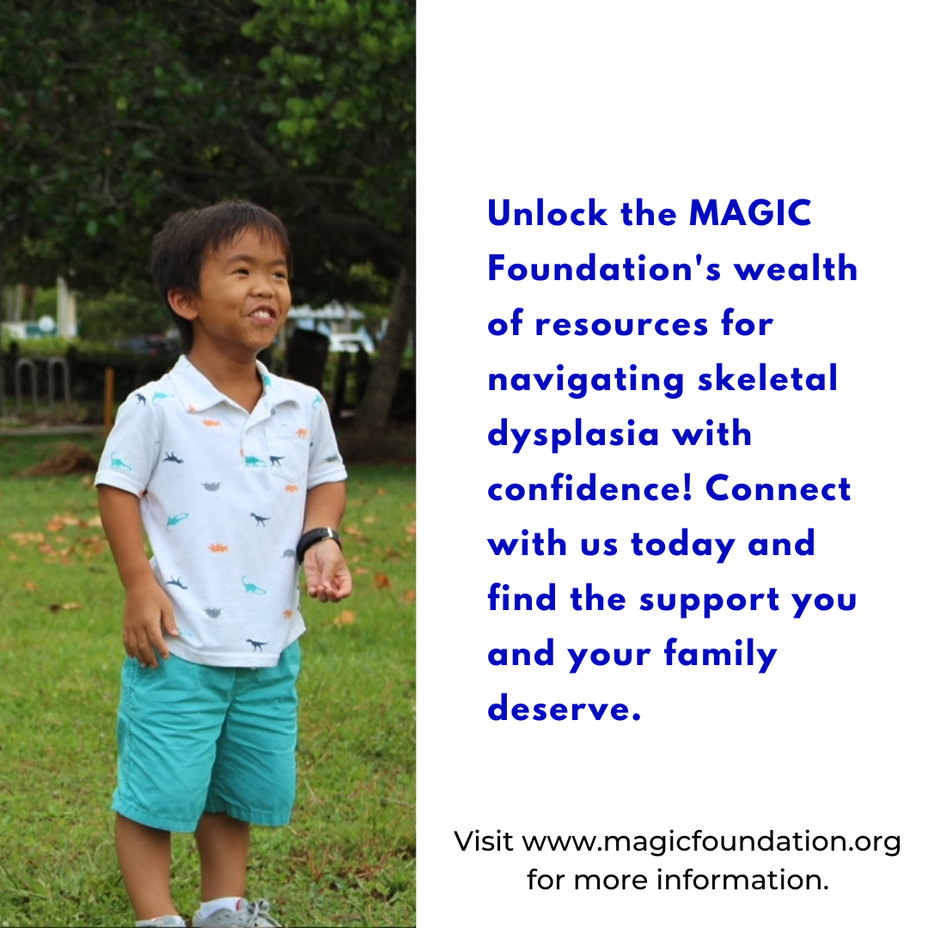
Unlock the MAGIC of Confidence! Join The MAGIC Foundation to find resources for navigating Achondroplasia and Skeletal Dysplasia at
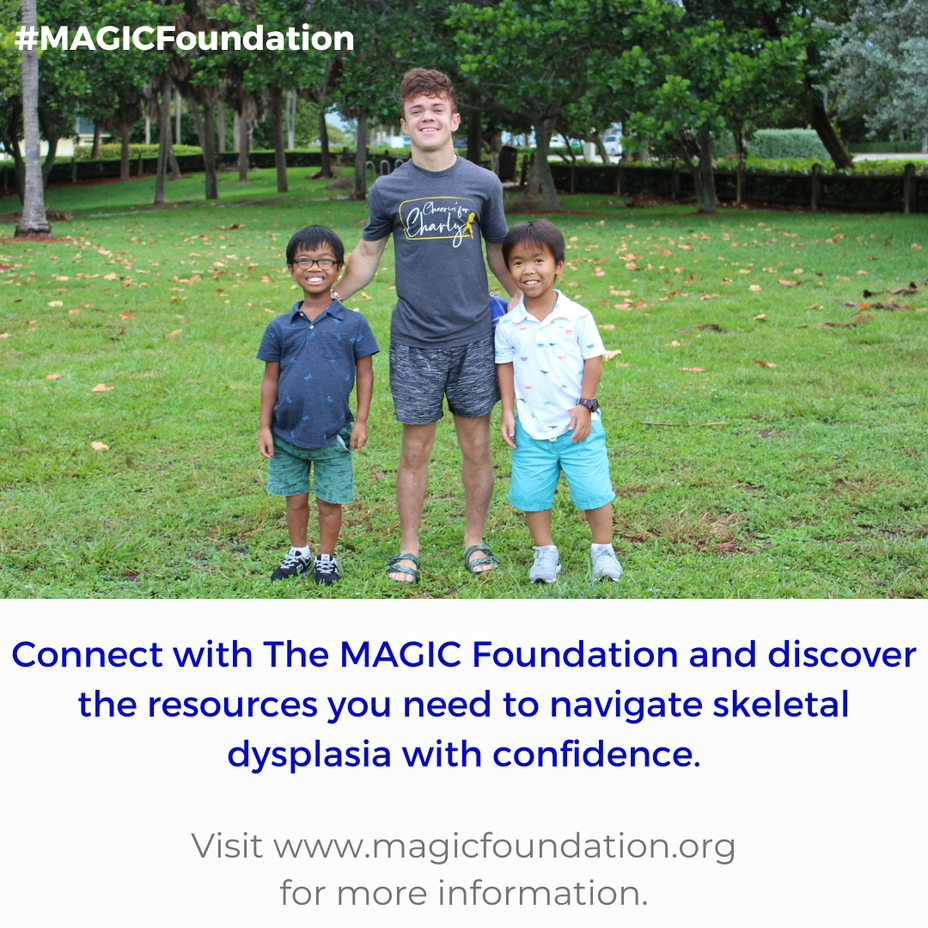
Unlock the MAGIC of Confidence! Join The MAGIC Foundation to find resources for navigating and at
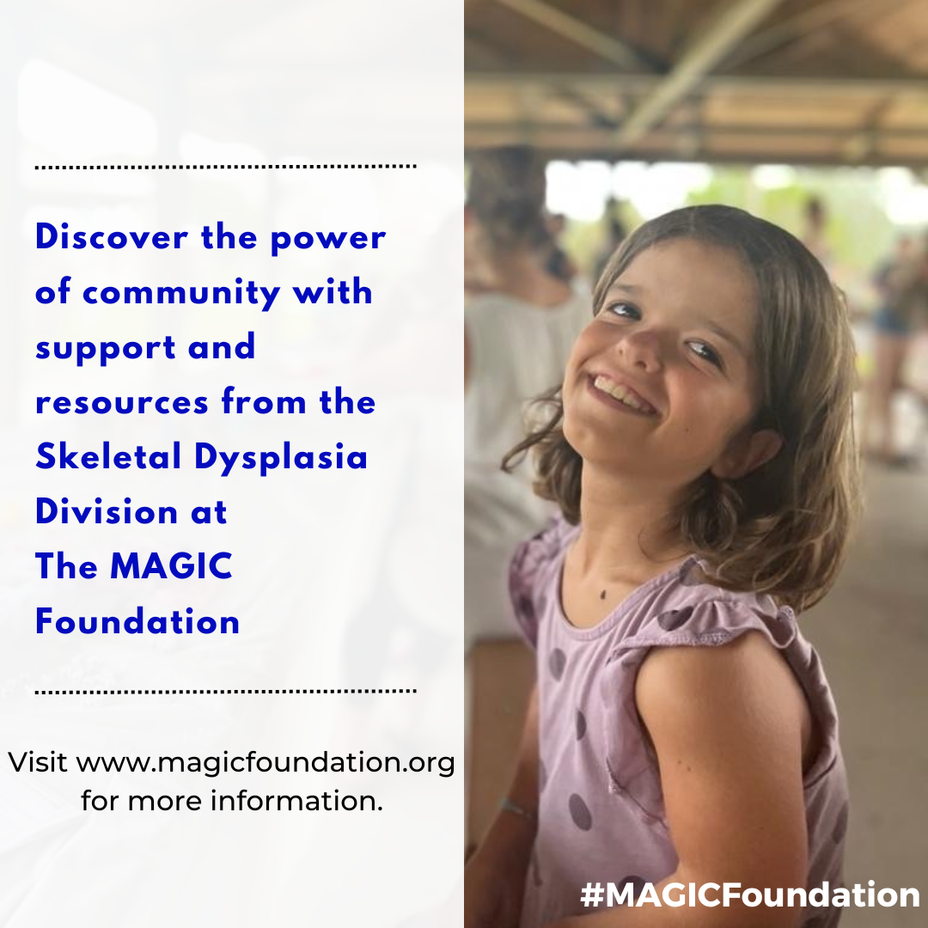
Unlock the MAGIC of Confidence! Join The MAGIC Foundation to find resources for navigating and at

We made it to another week, hooray! Reflecting on the last few days, what was a bright spot for you? (No answer is too small, by the way, the sun coming out and providing literal brightness totally counts!)
My personal highlight - taking my doggies on a walk at their favorite hiking trail!
Share your super moment from the week below! 👇
#SkeletalDysplasia #Dwarfism #Achondroplasia #Parenting #Caregiving #RareDisease
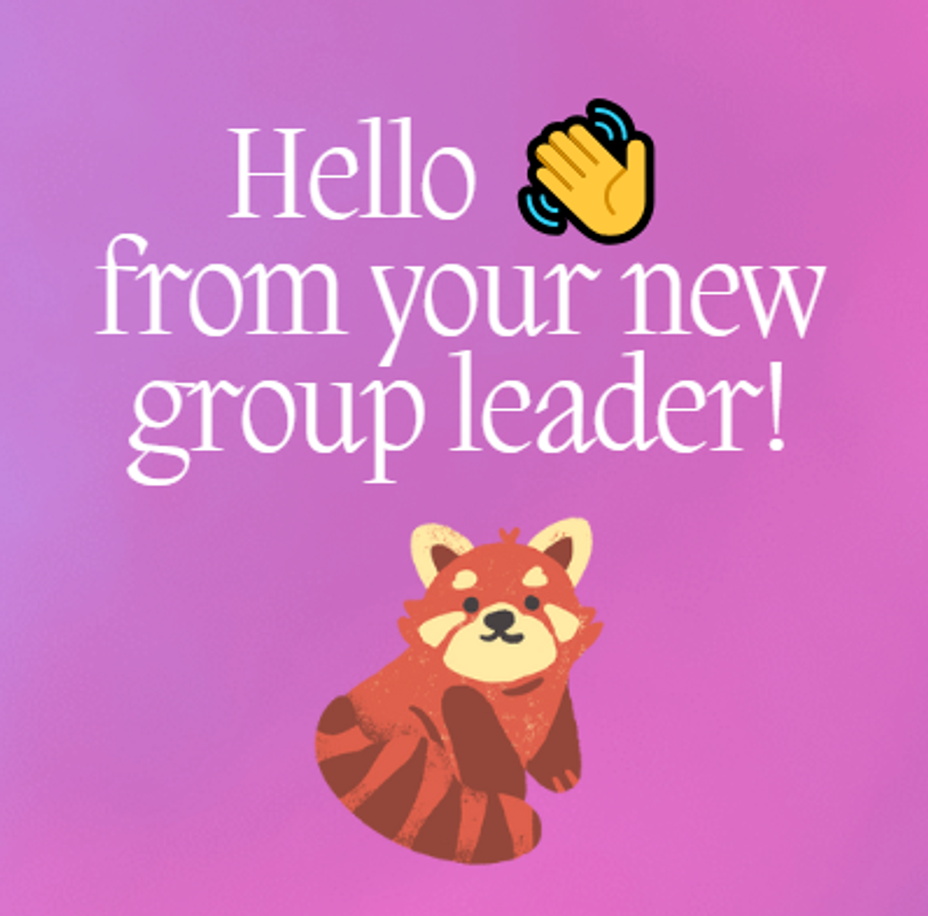
Hi there! My name is Vy. I’m your new group leader for Let’s Talk Achondroplasia and a member of The Mighty’s staff. I’m here to share information and resources related to achondroplasia, as well as ask questions about your experiences and support you through your health journey.
I’m so happy to be here! Feel free to say hi in the comments below and tell me what your favorite animal is! Mine is a red panda!
#SkeletalDysplasia #Dwarfism #Achondroplasia #Parenting #Caregiving #RareDisease
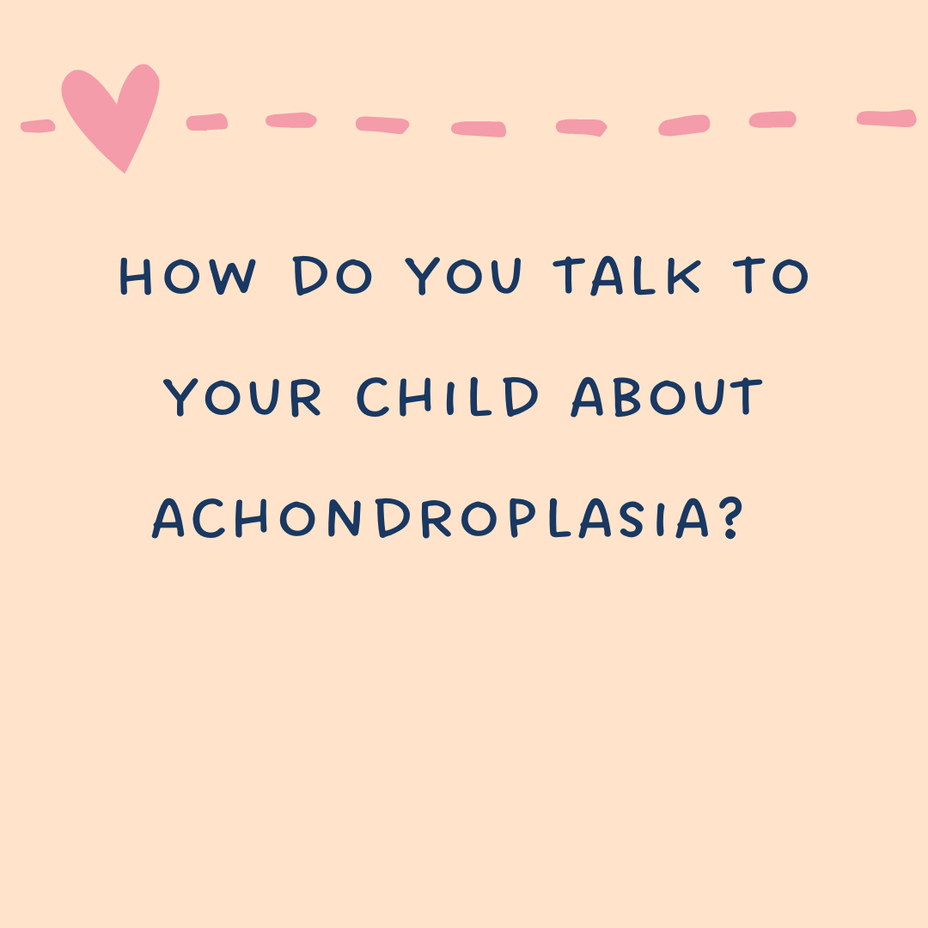
Figuring out how to talk to your child about achondroplasia in a way that they can understand (or deciding how much to share and when) can be challenging.
Parents and guardians of children diagnosed with achondroplasia, how do you talk to your child about their diagnosis? Has this changed as they have gotten older? Share your experiences with starting the conversation in the comments below. ⬇️
#RareDisease #Dwarfism #SkeletalDysplasia #Achondroplasia #Parenting #Caregiving
Hi, my name is TheMom. I'm here because I feel seen by a strong and intelligent community who understands the challenges of chronic illness and/or pain.
#MightyTogether #Arthritis #MultipleEpiphysealDysplasia #SkeletalDysplasia #meniere'sDisease #ChronicDailyHeadache

Unfortunately, depictions of achondroplasia in the media are not always accurate – we’ve heard from our community how frustrating it is to see media perpetuating harmful stereotypes, or how isolating it can be to not feel represented at all.
Have you found any accurate or validating portrayals of achondroplasia (whether in books, shows, movies, etc.)? Share your thoughts in the comments below.
#RareDisease #Dwarfism #SkeletalDysplasia #Achondroplasia #ChronicPain

Making the decision to change up your treatment plan should be a productive dialogue between a patient and their care team. But we know from experience that those conversations can be... tricky.
What are your biggest challenges when discussing your treatment plan with your doctor? Find it easy? If so, share your tips below!
#RareDisease #Dwarfism #Achondroplasia #SkeletalDysplasia #Parenting #Caregiving

Balancing self-care and daily responsibilities while managing achondroplasia can be challenging, especially when you're experiencing increased levels of stress.
How do you relieve stress as it relates to achondroplasia? Share and help one another in the comments below (who knows, you might just pick up a new technique!).
#RareDisease #Dwarfism #SkeletalDysplasia #Achondroplasia #ChronicPain #Parenting #Caregiving #Stress